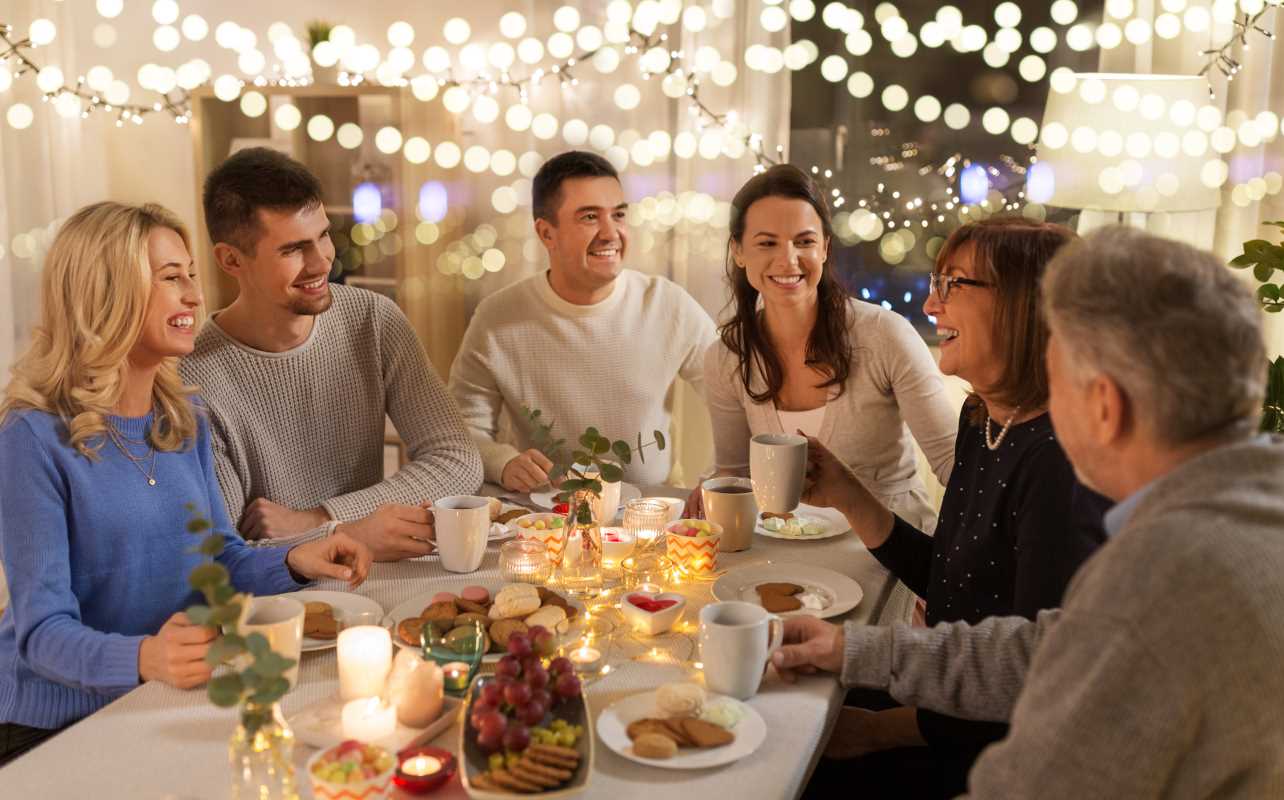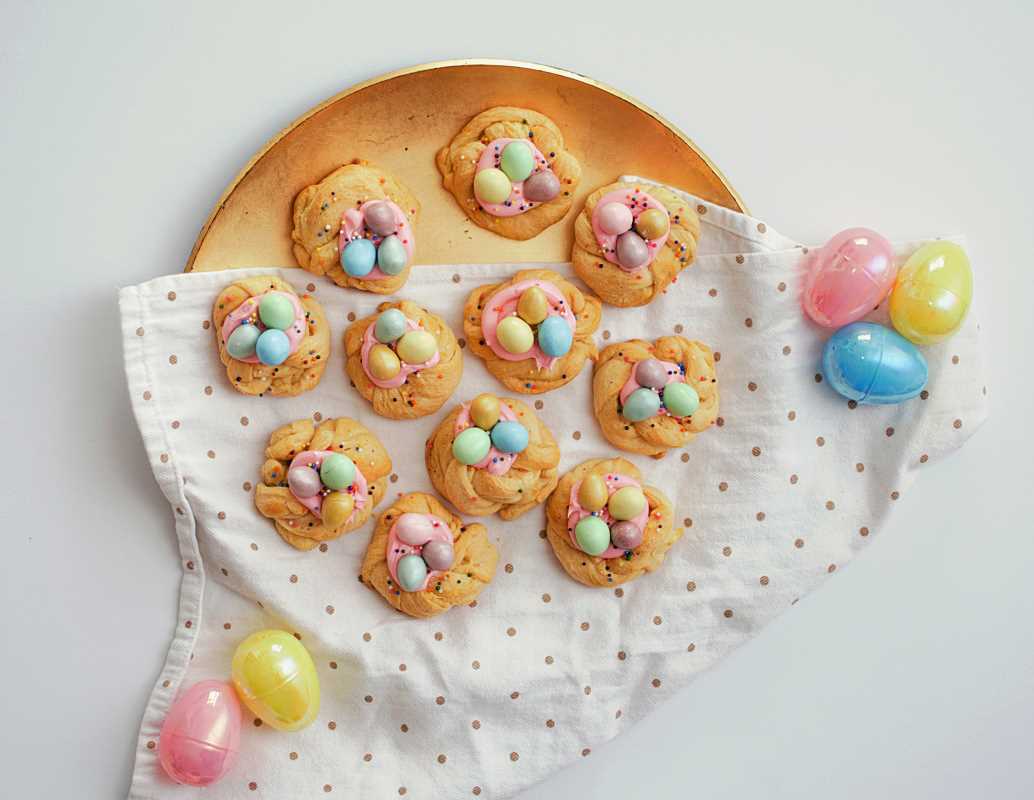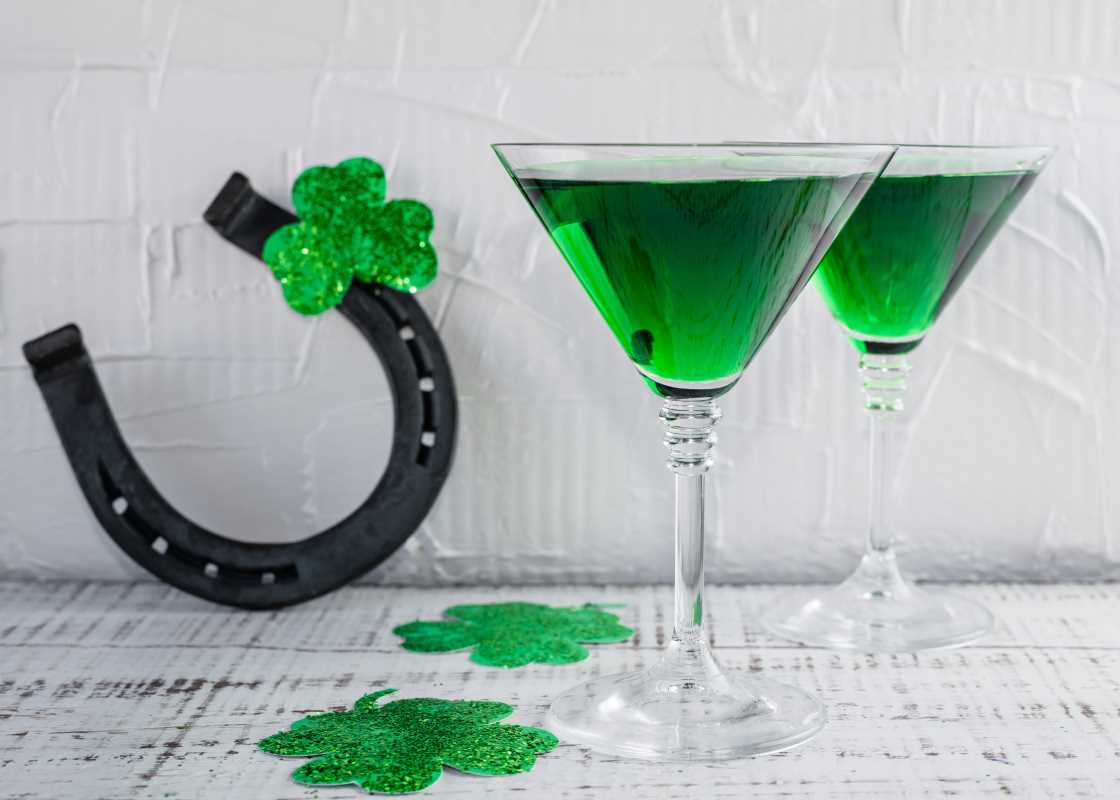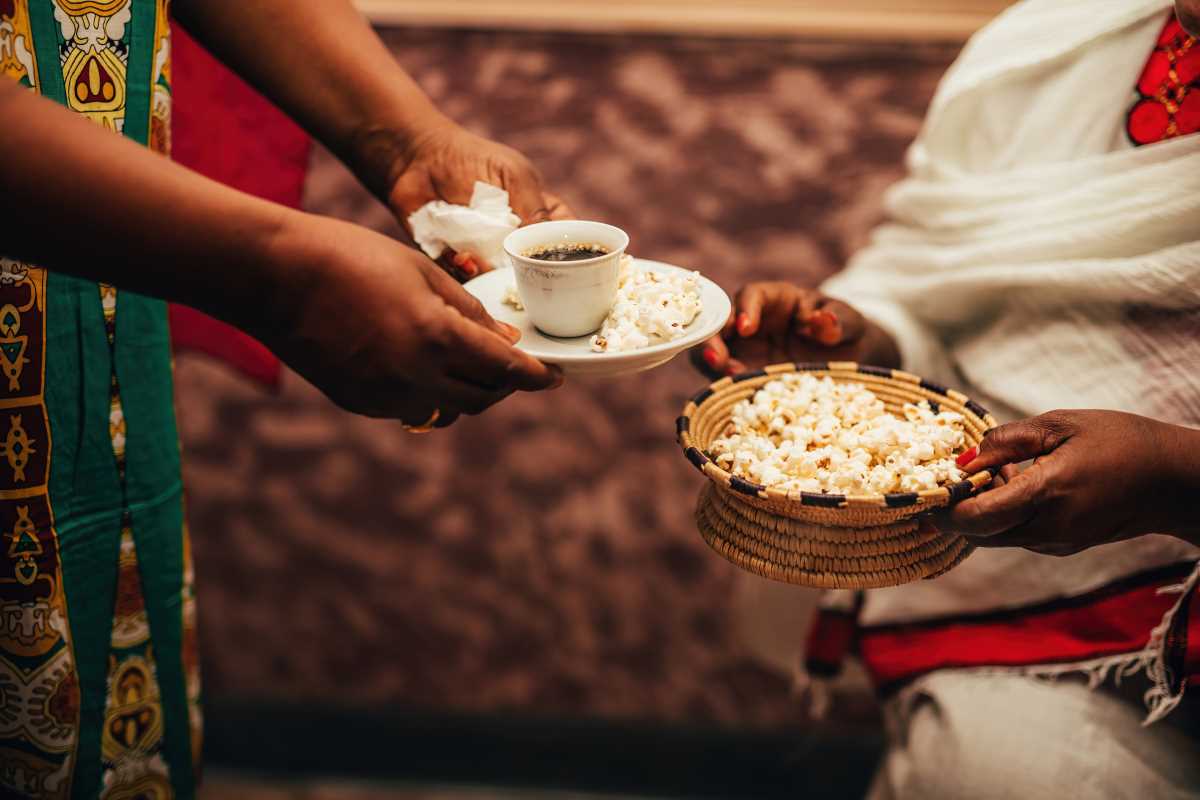Holiday decorations aren’t just about making your home look festive. They’re like hidden stories about who you are and where your family comes from. Every ornament, string of lights, or festive wreath can represent more than just a design choice. It can reflect deep cultural traditions, family values, and cherished memories. From handmade decorations passed down through generations to modern, store-bought trends, the choices we make during the holiday season reveal a lot about our heritage and identity. Whether you’re conscious of it or not, your decorations tell others a story about your past, your values, and even your dreams for the future. Let’s unravel how holiday decor can reflect cultural identity and make it even more meaningful for your family.
The Role of Traditions in Holiday Decorations
Traditions play a vital role in shaping holiday decorations. Think about the decorations you grew up with. Maybe your family used the same star to top the tree every year, or perhaps you had a menorah that was passed down from your grandparents. These items often carry years of history and meaning, connecting generations across time. They represent the rituals your family values and help create a sense of belonging.
In the United States, many families put up Christmas trees adorned with ornaments, lights, and garlands. However, the way they decorate can differ widely. A German-American family might include traditional glass-blown baubles, a nod to Germany’s role in popularizing the Christmas tree, while an Italian-American household might feature figurines from a nativity scene, embodying their Catholic heritage.
Cultural Expressions Through Holiday Decor Around the World
Holidays are celebrated in unique ways all over the globe, and the decorations people use often reflect local customs and beliefs. Learning about these traditions can help you see how different communities use symbolism and creativity to express themselves during the festive season.
Mexico
During Christmas, families create nativity scenes, called nacimientos, which are often elaborate, colorful displays featuring figurines of the Holy Family, animals, and even local landmarks. These decorations honor religious tradition while incorporating Mexican craftsmanship, often made from clay or wood.
India
During Diwali, the Festival of Lights, homes are decorated with oil lamps called diyas and colorful rangoli designs made from powdered dyes, rice, or flower petals. The lights symbolize good triumphing over evil, while the intricate patterns celebrate creativity and family unity.
Japan
Though not traditionally associated with Christmas, Japan has embraced unique holiday decorations, such as lit-up streets and large, extravagant displays in public spaces. These decorations reflect an appreciation for aesthetics and harmony, drawing influence from both Western and Japanese traditions.
Philippines
Filipinos celebrate Christmas with parol, star-shaped lanterns often made of bamboo and paper. These lanterns symbolize the Star of Bethlehem and serve as stunning displays of community artistry during the Christmas season.
Scandinavia
Swedish households might include straw ornaments or a decorated Julbock, or Yule Goat, in their Christmas decor. These items trace back to pre-Christian pagan traditions celebrating the winter solstice, woven seamlessly into modern celebrations.
Each of these examples shows how cultures blend sacred and everyday elements to craft decorations that resonate deeply with their values and beliefs. By looking closely at the decor, you can get a glimpse into the history, craftsmanship, and creativity of a culture.
Blending Old and New Traditions
For many families, holiday decorations are a mix of old and new. You might carry on cultural or religious traditions, but it’s also natural to adapt them to your current lifestyle and personal taste. Blended decorations often become a way for families to celebrate their roots while creating something uniquely their own.
A family with mixed cultural backgrounds. They might combine elements from Hanukkah and Christmas, like a tree decorated with blue-and-white ornaments alongside menorah candles. Or consider younger generations revamping old traditions and using sustainable or DIY crafts to honor family values of environmental stewardship, rather than purchasing plastic-heavy decorations.
Even modern trends, like personalized stockings or photo ornaments, play a role in blending old ideas with new ways of expression. This blend makes holiday decorations more inclusive and reflective of the diverse identities within families today.
Finding Meaning in Modern Decorations
With so many options available in stores, it’s easier than ever to buy decorations that follow trends, but adding a personal or cultural touch can make your holiday decor more meaningful. You don’t have to stick to older traditions to express your family’s identity. Sometimes all it takes is a little creativity and intention.
For instance, instead of buying generic ornaments, look for items that tell a story, like handmade crafts from a local artisan or travel souvenirs. If your family comes from a specific region or culture, consider incorporating patterns, materials, or colors that reflect those roots. Adding family photos or handwritten notes to your decor can also make the season feel more personal and connected.
Another idea? Use decorations to tell a new story. You could start a tradition of decorating your tree with ornaments inspired by goals or memories from the past year. This way, your decorations inspire reflection and growth year after year.
Tips for More Meaningful Holiday Decorations
Adding more meaning to your holiday decor doesn’t have to be complicated. Here are some simple ways to make your decorations more personal and culturally significant:
- Research Your Heritage: Spend time learning about your family’s cultural traditions. Even if you never celebrated them growing up, incorporating small elements can feel meaningful. You could use a traditional color palette or symbol.
- Reuse Old Favorites: Resist the urge to buy all-new decorations each year. Instead, use the same wreath or ornaments, and consider passing them down as heirlooms.
- Go Handmade: Make your own decorations as a family. Whether it’s paper snowflakes, stringed popcorn garlands, or embroidered stockings, handmade items hold sentimental value and become part of your family’s story.
- Support Local Craftspeople: Purchase decor from artists or small businesses that reflect local traditions. This not only adds authenticity to your collection but also helps keep cultural art forms alive.
- Make it a Family Activity: Decorating together is just as important as the decorations themselves. Put on festive music, share stories, and enjoy the process. This is what truly makes the season special.
Decorations as a Window to Identity
At their core, holiday decorations serve as a way for families to connect with each other, with their cultural heritage, and with the spirit of the season. Whether you’re lighting a menorah, putting up a Christmas tree, or hanging paper lanterns, the choices you make tell a story about your identity and values.
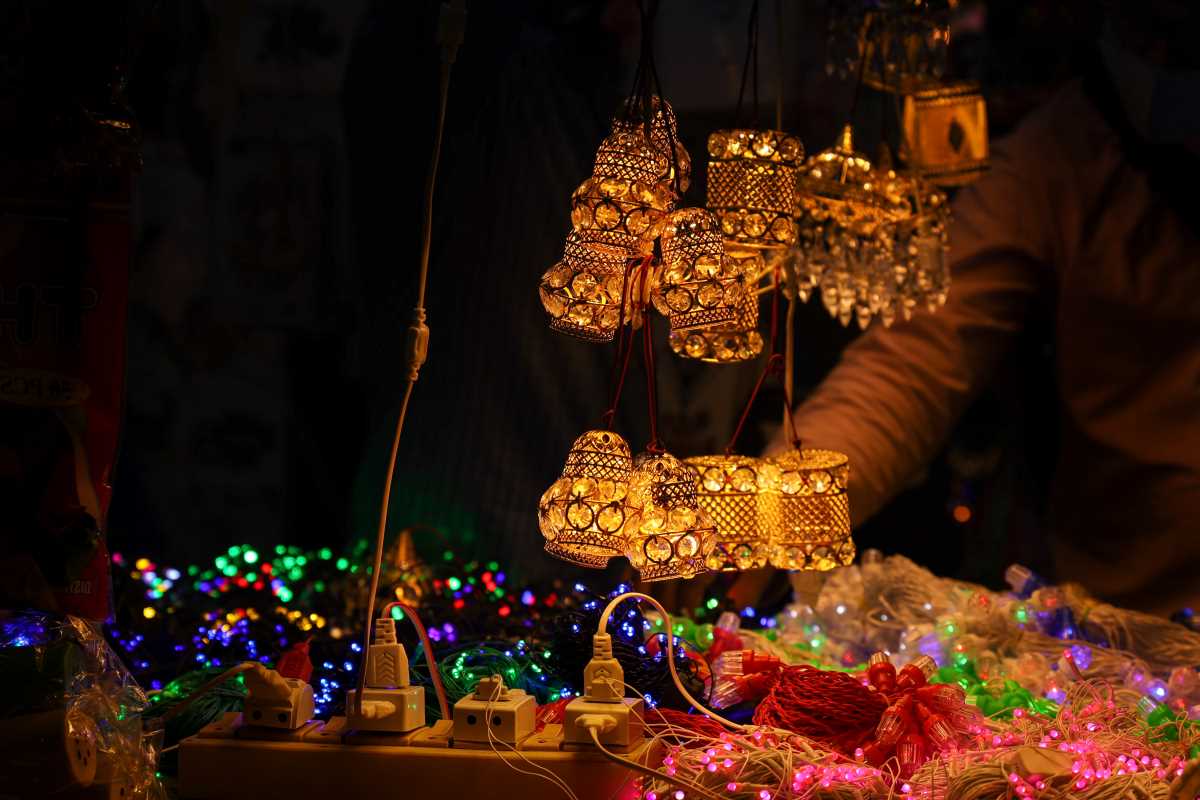 (Image via
(Image via

